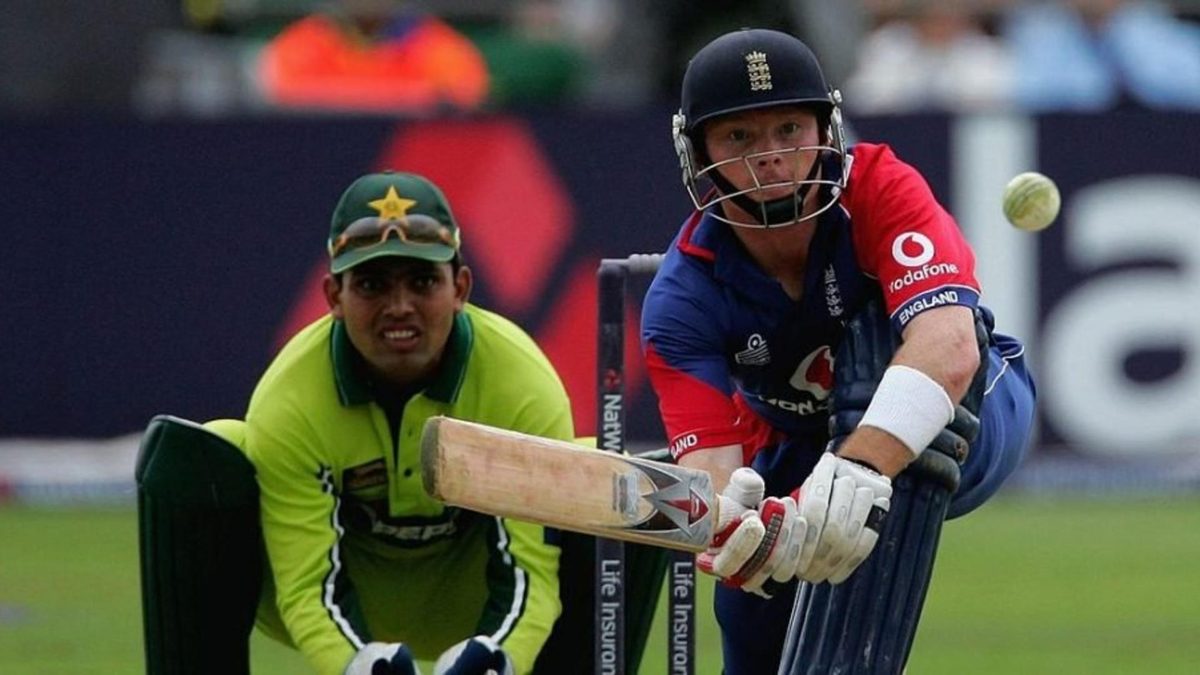
On the latest Wisden Cricket Weekly Podcast, host Yas Rana was joined by Wisden Cricket Monthly magazine editor and editor-in-chief Jo Harman and Phil Walker to pick Wisden’s England Test and ODI teams of the 2000s, as part of the 2000s in Review series.
You can listen to the full episode of the Wisden Cricket Weekly Podcast on the Podcast App or Spotify
Given England’s struggles in the format across the decade, it wasn’t easy picking a top six. Kevin Pietersen, Marcus Trescothick, Paul Collingwood and Andrew Flintoff were automatic selections, but there wasn’t a huge amount to distinguish between the candidates for the other two top-order spots, which were eventually taken up by Owais Shah and Nick Knight.
Here are the men who were mentioned in the discussion for the XI:
Stats refer to players’ records between January 1, 2000 and December 31, 2009
Ali Brown
Three matches, 21 runs @ 7.00, no 100s, SR: 58.33
PW: We knew there needed to be some points of difference. All I did was slightly adjust the parameters by removing the word ‘international’ from the term ‘one-day international’, and that then left me with Ali Brown, who played, I think, three games in that decade. Just briefly on Brown, because I’m not serious he should be in the team. [His non-selection] is, I think, one of the most extravagant cock-ups in English history, certainly in my time following the game.
Ian Bell
79 matches, 2,483 runs @ 35.47, one 100, SR: 72.36
JH: Bell didn’t even really open at the time but became a decent opener towards the next decade. There is a case to be made for Bell to slip in but the record is average. He’s got 79 matches in that period with just one hundred, not close to good enough for a player of his ability, particularly when he was batting in the top three for an ample amount of those innings. His strike-rate of 72 hardly jumps off the page either.
Michael Vaughan
86 matches, 1,982 runs @ 27.15, no 100s, SR: 68.39
PW: It was a frustrating decade across the board. Michael Vaughan was at one point the No.1 ranked Test match player in the world and would automatically bat at 3 in the ODI side. I think he played 80-plus games for a highest score of 86.
JH: No 100s, average 27. Every time he would get out I was like, why can’t he play ODI cricket? And I still don’t know, do you think it’s a technical reason?
PW: I think it comes down to tempo, there was something about their approach to 50-over cricket where England didn’t know how to deal with those middle overs. And Vaughan in Test cricket would have a natural tempo and build through the innings. He wouldn’t have to go slow, slow, quick, quick, quick. He would just play his natural game, the field would be up. Because he wasn’t a big hitter, same with Bell, because they weren’t big hitters, they didn’t know where to go a lot of the time in ODI cricket. And then it becomes a thing and gets in your head and you can’t shake it off.
The ‘best’ of the rest
YR: If you look at the numbers of England batsmen that decade, very few averaged in the mid-30s. Andrew Strauss averaged 32, Alastair Cook averaged 30, Vaughan 27, Solanki 26, Hussain 31, Bopara 27, Prior 24, Geraint Jones 24, Thorpe 29, Hick 30.
JH: The names where people will say, ‘Where are they?’ Eoin Morgan and Jonathan Trott both made their debuts in 2009 and only played a few games each. Even if they just played a few more, that probably would have been good enough to get it. But we can’t pick them off the number of games they played.








